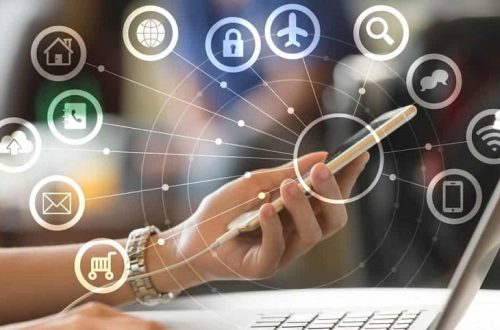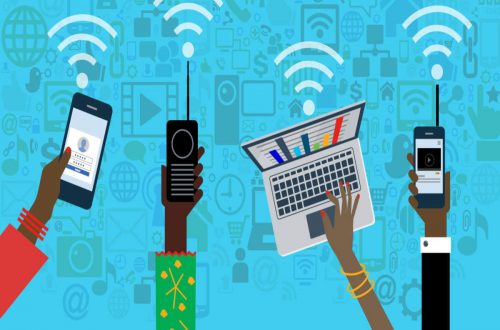Getting the most out of your Laptop
Laptop computers rarely perform up to the levels of their desktop counterparts. A complete desktop replacement laptop will typically cost 2-3 times more than a desktop with similar specifications. Fortunately, there are some ways of improving the performance of a laptop which cost little or no money. Upgrading a laptop is far more complicated than upgrading a desktop. This is because most of the components are integrated.
In most laptops, the only upgradeable part tends to be the memory. In many laptops it is also possible to upgrade the CPU or even the graphics card (providing it is not an integrated model). Beyond upgrading the memory, laptop upgrades tend to be prohibitively expensive and hard to come by. The process is often too complicated for the average user. The following tips will help you to improve the performance of your computer easily and cheaply.
1. Adding More Memory. Upgrading the memory in a laptop is often the only practical option for improving the performance. While laptop memory is more expensive than desktop memory, it is not drastically so. Most laptops can handle at least four gigabytes of memory and, provided you have a 64-bit operating system installed, this is often worth doing.
The process is much the same as installing new memory in a desktop computer. You will need to have exactly the same type of memory as your existing memory if you are upgrading. If, however, you are replacing the memory entirely, you will have more options at your disposal. There are many online retailers which specialize in laptop memory. They can help you to find the perfect memory upgrade for your specific machine.
2. Increasing Graphics Memory. To get a little extra performance in video games on laptops with integrated graphics processors (IGPs), increasing the amount of RAM to be used for video processing can be done easily. You can normally do this by entering the BIOS when you turn on the computer. On most laptops, the BIOS can be accessed by pressing the F2 key at startup. The option to increase the available graphics memory can usually be found in the ‘Integrated Peripherals’ page of the BIOS, under a setting called ‘AGP aperture size’. On newer computers, you should find a setting called ‘UMA Frame Buffer Size’ or something similar to ‘Shared Video Memory’.
Do not set this too high, since the available RAM for your computer will be used for video processing. On machines with 2GB of RAM or more, 256 MB of allocated video graphics is often ideal. If you don’t use your laptop to play games, setting this to the minimum amount of memory is fine. Increasing available graphics memory only applies to integrated graphics processors rather than those which have dedicated memory.
3. Overclocking a Laptop. Overclocking a laptop is riskier than overclocking a desktop. Laptops tend to run hotter than desktop computers due to the cramped space into which the components are installed. Overclocking will also void your warranty. If you still want to try overclocking, you should ideally have a decent laptop cooler, which can reduce the temperature of your laptop. There are a lot of tools for overclocking, which you can find on Google and specialized websites. Sometimes, this can be done within the BIOS as well. You should only overclock with small increments and make sure to test everything so that it works well (no overheating, lockups, blue screens, etc).
The above steps are practically the only things you can to do to get the most performance out of your laptop – anything else is not possible or practical. The good news is that you can get a considerable increase in performance, so it’s worth trying, especially if you have an older laptop.


